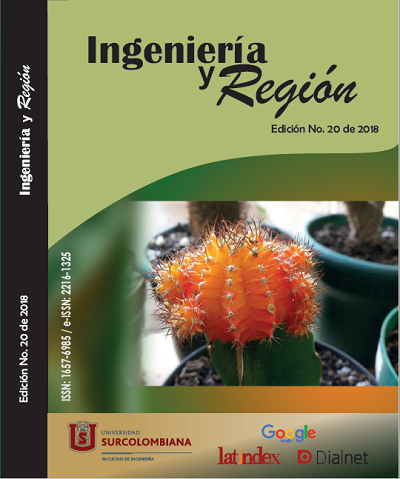Evaluation of the application of method refractive window in the dehydration of mango (Mangiera indica L.) pulp
##plugins.themes.bootstrap3.article.main##
The application of conservation methods plays a very important role in reducing the rate of food losses and waste. In Mexico, for the year 2017, 10.4 million tons were reported as food waste, and of this total, 5.4% corresponded to mango waste (Mangifera indica L.). (FAO, 2018). Dehydration is one of the most common food preservation methods; To carry out this process, conventional methods are usually used that can generate the loss of the main sensory and organoleptic characteristics due to the heat sensitivity of the nutrients and the physicochemical changes that occur in the product during the process. The Refractive Window method represents an emerging technology in the field of food conservation based on the transfer of energy, mainly by thermal radiation; therefore, the purpose of this research was to analyze the dehydrated mango pulp using the VR method by applying sensory evaluation procedures, applying water temperatures of 80 °C, 85 °C and 90 °C for 20, 15 and 10 minutes respectively, considering 2 mm and 3 mm thickness for each test; additionally, the product obtained by this method was compared with a control obtained from the dehydration of mango pulp by tray. The results indicated greater acceptance towards the product obtained by the use of V.R. due to the greater intensity of mango aroma and flavor, as well as a better texture and aesthetics of the product.
Downloads
##plugins.themes.bootstrap3.article.details##
Barbosa , C. G., Vega, M. H., 1997. Deshidratación de alimentos. Editorial Acribia., Barcelona, España.
UNESCO ., 2004. Guía de uso de secadores solares para frutas, legumbres, hortalizas, plantas medicinales y carnes.
Colina , I. M., 2001. Deshidratación de alimentos., Editorial Trillas., Ciudad de México, México.
Venegas, M., Parras, C., 2012. Producción de láminas de mango (Mangifera indica L.) usando deshidratación dinámica. Revista VITAE., vol. 19, no. 1., enero-abril 2012., pp 75-77., Universidad de Antioquia., Medellín, Colombia.
Leyton, R. M., 2012. Evaluación del método de secado por ventana de refractancia en pulpa de guayaba (Psidium guajaba). Universidad del Valle., Santiago de Cali, Colombia.
Beristain, B. S., Palou, E. D., López, M. A., 2012. Métodos de conservación de alimentos. Departamento de Ingeniería Química, Alimentos y ambiental. Universidad de las Américas. San Andrés Cholula, Puebla
Mondragón, P. G., Escalante, M. P., Osuna, C. J. A., Ibarra, J. Q., Rodríguez, H. R., 2013. Deshidratación: más vida a nuestros productos. Universidad del Valle de México., Ciudad de México, México.
Nuñez, G. A., Cayré, M. E., Castro, M. P., Garro, O. F., 2011. Efectividad y modo de las técnicas de deshidratación. Facultad de Agroindustrias. UNNE. Chaco, Argentina.
Nychas, G., 2014. Refractive Window Deydration. En: New Methods of conservation. G.W. Gould (Ed.). Blakie Academia y Professional. Glasgow. p. 1-21.


















